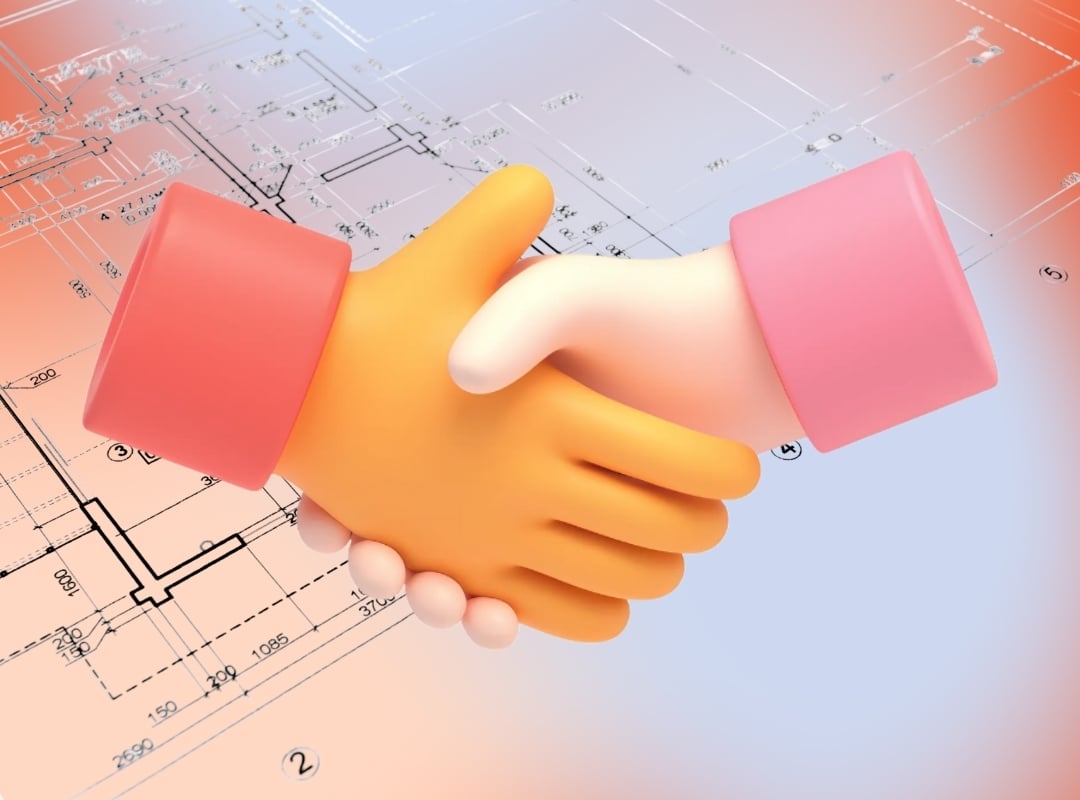Every custom build begins the same way: with a design team imagining what a space could feel like. A lobby wall meant to welcome. A retail feature meant to spark curiosity. A branded environment meant to tell a story.
But somewhere between concept and installation day, one decision quietly shapes everything that follows:
The materials.
Pick the right one, and your design sings—crisp edges, rich textures, seamless installs, and a finish that ages gracefully. Pick the wrong one, and you’re troubleshooting warping, chipping, cracking, or color shifts when it’s too late to pivot.
Over years of working alongside architects, interior designers, and experiential teams, we’ve seen firsthand how material choices can elevate a project or complicate one. Here’s a practical, story-friendly look at the materials that most often define a custom fabrication project—and when each one shines.
1. Acrylic vs. Polycarbonate
When clarity meets durability
If you’ve ever held a perfectly polished acrylic edge up to the light, you know its magic—clean, glasslike clarity that instantly elevates a piece. That’s why designers love it for hero signage, dimensional letters, and high-end interior features.
But when the environment is rougher—schools, stadiums, high-touch retail—polycarbonate becomes the hero. It may not have the same crystal clarity, but it’s nearly indestructible.
Think of it this way:
Choose acrylic when you want beauty; choose polycarbonate when you need durability that borders on unbreakable.
2. Wood, Veneers, and MDF
Where warmth meets precision
Sometimes a space calls for authenticity—real grain, real depth, that tactile connection only natural wood provides. That’s where solid wood shines.
When scale matters and budgets tighten, veneers bridge the gap beautifully: the warmth of wood without the weight or cost.
And for painted surfaces or crisp routed details? MDF is the designer’s best friend—smooth, consistent, and perfect for shaping.
The art is knowing which quality matters most:
Warmth? Scale? Precision? The answer points you to the right material.
3. Aluminum and ACM Panels
For clean lines and modern strength
When a design calls for sleek dimensionality—especially in exterior or high-traffic environments—fabricators reach for aluminum or ACM.
ACM (aluminum composite material) stays rigid across large spans, resists warping, and installs beautifully. That’s why it’s a go-to for large wall panels and signage.
If the look is modern, clean, or architectural, aluminum-based solutions often deliver the most reliable results.
4. PVC, Sintra, and Other Plastics
The flexible, budget-friendly workhorses
Some projects don’t need a premium material—they need something light, fast, and cost-effective that still looks polished.
PVC and Sintra fit that role perfectly. They’re easy to cut, print on, shape, and install. For indoor signage, event branding, or temporary environments, they’re often the smartest choice.
Just avoid them where heat or heavy wear is expected.
5. Fabric and SEG Systems
When scale, softness, or light matters
Fabric graphics and SEG frames are the unsung heroes of large experiential builds. They allow huge visuals without the weight of rigid panels, soften acoustics, and create seamless back-lit features that feel almost architectural.
They’re ideal for:
-
Photo walls
-
Retail environments
-
Conference spaces
-
Changing seasonal displays
And best of all: updating the graphic is effortless.
6. Glass and Specialty Laminates
The premium finish materials
Glass carries a sense of permanence and sophistication that few materials can match. Add specialty laminates—printed interlayers, gradients, frosts, mirrors—and it becomes a powerful design tool.
These materials excel at:
-
Privacy partitions
-
Office fronts
-
Premium retail features
-
Modern amenity spaces
If the goal is “elevated,” this family of materials rarely disappoints.
7. Lighting Integration Materials
Where fabrication becomes atmosphere
Sometimes the most transformative material isn’t the structure itself but the way it interacts with light. Diffusers, opal acrylics, light-guide panels, and LED-friendly substrates can turn a simple element into a focal point.
Designers often tell us that once they understand how lighting materials behave, their concepts expand dramatically.
The Story Behind Every Successful Build
In the end, material selection isn’t a technical checklist—it’s part of the design story. It shapes how people interact with the space, how long the installation lasts, and how closely the final build aligns with the original vision.
When architects, designers, and fabricators collaborate early, they unlock options they may not have known existed—saving time, cost, and stress later in the process.
And that’s the real takeaway:
The best results happen when design intent and material expertise meet at the very beginning.



-1.jpg)

